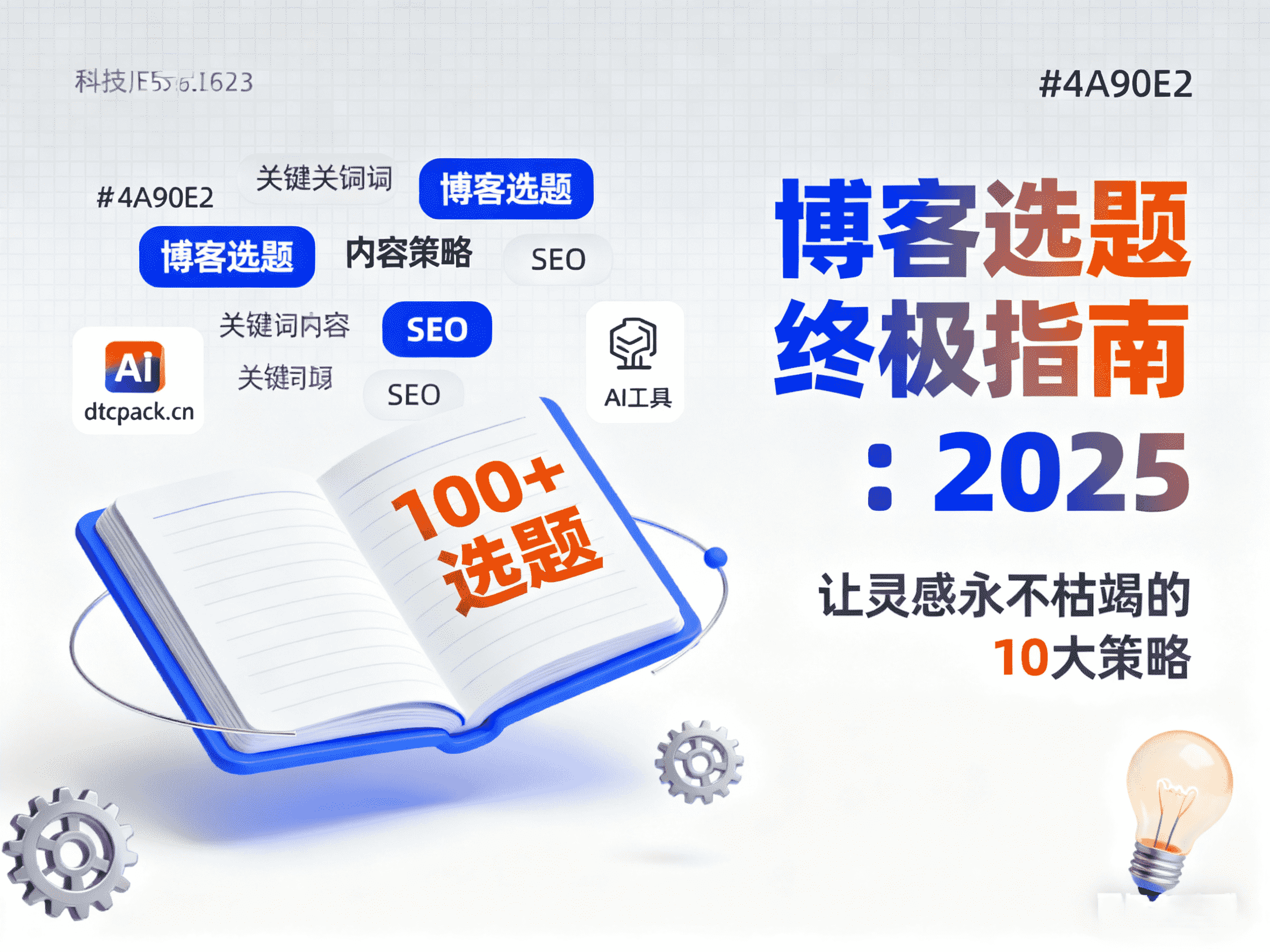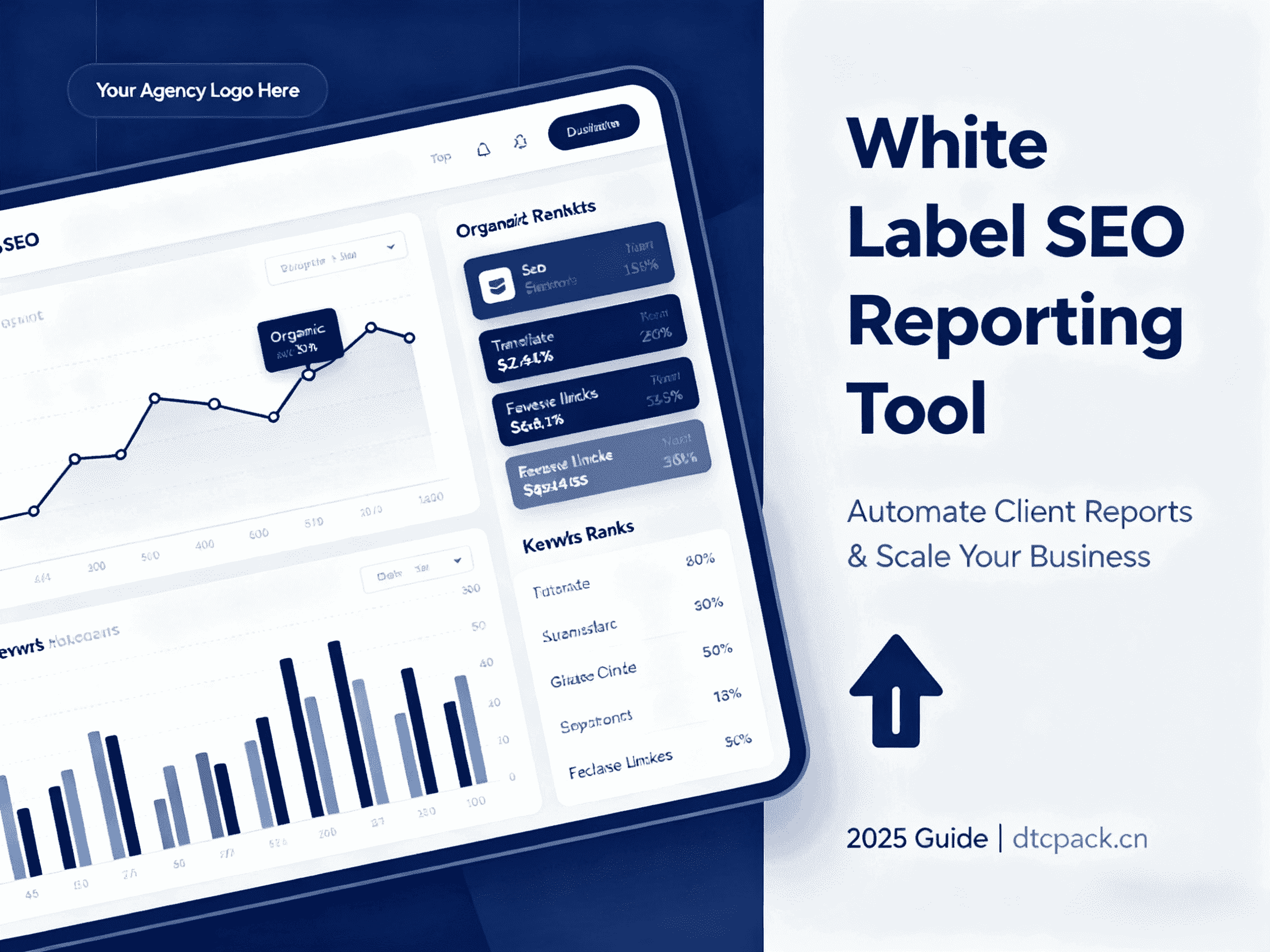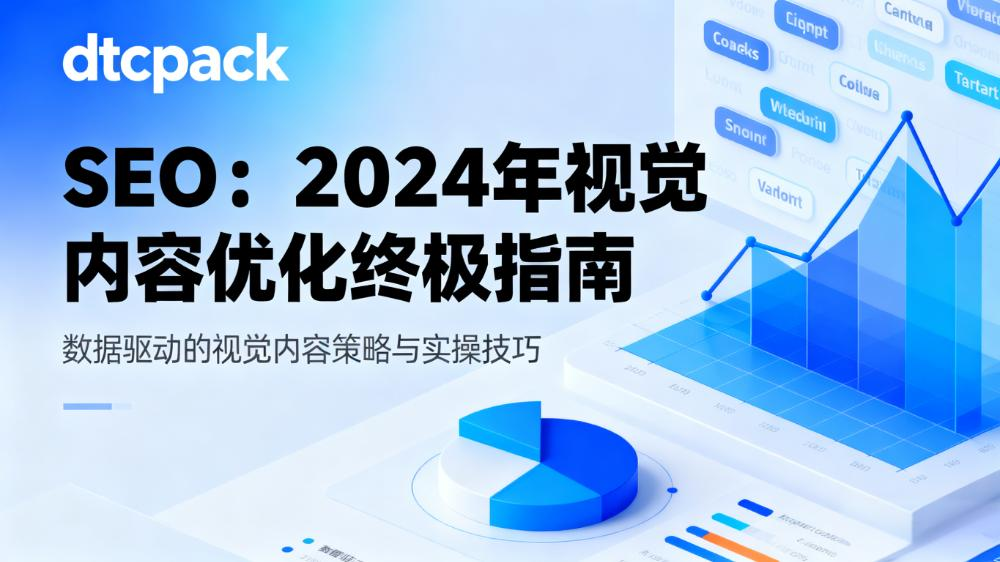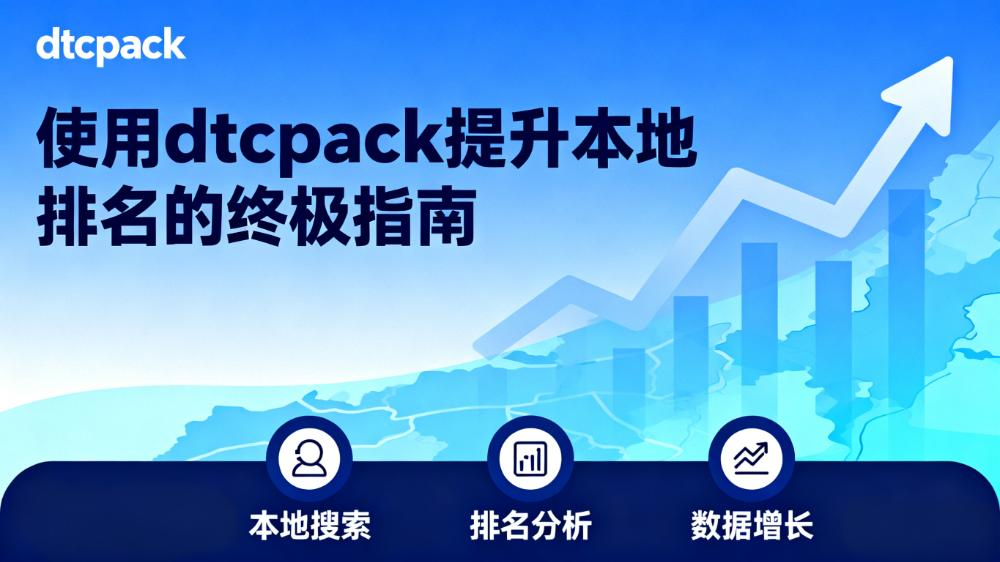International SEO, or Global SEO, encompasses specialized strategies aimed at enhancing a website’s search engine rankings across diverse countries and languages. These services concentrate on optimizing both the technical framework and content of a site to ensure it is accessible and comprehensible to audiences in various regions. The primary objective of International SEO is to amplify global visibility and drive traffic from different geographical locations.
Utilizing advanced methodologies such as Natural Language Processing (NLP) and Latent Semantic Indexing (LSI), Global SEO services delve into understanding regional search behaviors and preferences. By customizing strategies to align with locale-specific search intents, these services can significantly expand a website’s global reach and enhance its conversion rates.

International SEO knowledge
By partnering with our dedicated in-house international search marketing team, you can ensure your global marketing campaigns are relevant, consistent, and finely tuned to the unique needs of each target market.
We will develop a comprehensive international digital marketing strategy that merges your deep understanding of your product or service with our expertise in Google’s International SEO best practices. Additionally, we’ll incorporate insights into local market behaviors, internet usage patterns, and cultural nuances. The outcome is a meticulously crafted tactical plan designed to drive organic traffic growth to your international websites.
Once your international strategy is in place, our SEO specialists will collaborate with you to provide detailed SEO guides and checklists. These resources will empower your marketing team to execute essential components effectively within the monthly delivery cycle, ensuring sustained progress and success.
| Service | Description |
| International SEO Keyword Research | Keywords for international markets require more than simple translations. Our specialists analyze search trends, lucrative terms, and keyword variants to optimize your international keyword performance. |
| Global SEO Strategy | We help you build ground-up relationships in global markets with a tailored SEO strategy designed for distinct audiences, significantly improving the global SEO effectiveness of major brands. |
| International SEO Audit | We thoroughly evaluate your online content’s SEO performance, provide actionable recommendations, and continuously review your strategy to ensure it delivers maximum results for your business. |
Global Website Optimisation
Businesses can enhance their global reach through various strategies. One approach is to establish country-specific domains, such as using a local URL structure with country codes (e.g., .it for Italy, .cz for the Czech Republic, or .no for Norway) following the company name. Another option is to maintain a single international domain with multiple directories, commonly seen with extensions like .com, .net, or .org.
However, many organizations face challenges such as duplicate content issues and ensuring the correct site versions are delivered to users in specific regions. To address this, the technical optimization of the website is crucial. Search engines like Google, Bing, and Yahoo rely on signals from headers, web addresses, and other elements—such as the content-language meta tag—to accurately serve localized content to the intended audience. Proper implementation of these technical aspects ensures a seamless and targeted user experience across different countries.
How Are Core Web Vital Scores Evaluated?
There are a few ways to analysis your site and get the information you need to increase your website’s performance. One easy solution is to use Google Search Console, which has tools so you can see how your site performs on all major platforms. Plus, it will tell you what pages 404 errors and other tips have to diagnose and fix problems with your site.
The data can be viewed by going to your Google Search Console dashboard. Click on the Experience section and then Core Web Vitals. Clicking through this section will reveal a report for each Core Web Vital issue that your site may be experiencing. Your visitors’ data and insights are provided in the report. You will be able to understand how your users interact with your website and how they use it – giving you an overview of the strengths and weaknesses of UX and site stability.

INTERNATIONAL TOPIC CLUSTER STRATEGY IN 3 STEPS
Follow these three steps to implement a topic cluster strategy for your international website.
1. Start with In-Market Keyword Research
Just like with your domestic website, in-language, in-market keyword research is the foundation of a successful content topic cluster strategy. Begin by collaborating with an in-country digital marketing expert to identify the most popular and broad (yet relevant) keyword related to a product or service your company offers. This will serve as your primary keyword and the focus of the pillar page for that topic. Next, identify long-tail keywords related to your pillar page topic. These keywords will form the basis of your supporting content, creating the cluster around your pillar page. It’s important to note that this step must be repeated for every market you’re targeting—even other English-speaking markets.
2. Localize content (or create it from scratch).
Once you’ve identified your keywords, assess whether you have the right content to build out each branch of the topic cluster for your target market. If you already have localized content related to a topic keyword, edit the existing in-language copy to integrate that keyword. This retroactive keyword optimization should be handled by someone who is fluent in the language and understands best practices for on-page content optimization. If your English content is already relevant to your identified in-market keywords, localize and optimize it. To maximize efficiency and effectiveness, translation and keyword integration should be done simultaneously. This ensures proper keyword placement while maintaining a natural flow for readers. It also sets you up for success from the start and makes the most of your budget. Not all of your domestic content will be relevant for in-market audiences. If you lack in-language or English content that aligns with your target market’s needs, partner with an in-market copywriter or marketing localization agency to create original content informed by local search trends. This allows you to capitalize on in-market trends, align with local consumer behavior, and strengthen your position against global competitors. Depending on the markets you’re targeting, you’ll likely need to use a combination of these approaches to develop your content topic clusters. Remember, in-market relevance is paramount. It’s better to start small with highly targeted content than to produce a large volume of translated content that may not resonate.
3. Link It All Together
Once you’ve localized your content and begun building out your topic cluster, the final step is to create internal links between the content within your topic cluster. This signals to search engines that there’s a semantic relationship between your content and establishes your authority on the topic. Over time, this will improve your search engine rankings. Additionally, this approach enhances the user experience by making it easier for visitors to find related content on your site. It also allows you to guide them further along the customer journey, from high-level content to mid- or lower-level content.
On-Page SEO vs. Off-Page SEO vs. Technical SEO: What’s the Difference?
SEO continues to be one of the most effective and widely-used strategies to enhance a website’s visibility and attract new customers. By identifying and targeting keywords that users are searching for within your industry, you can outperform competitors who are also vying for the same keywords .
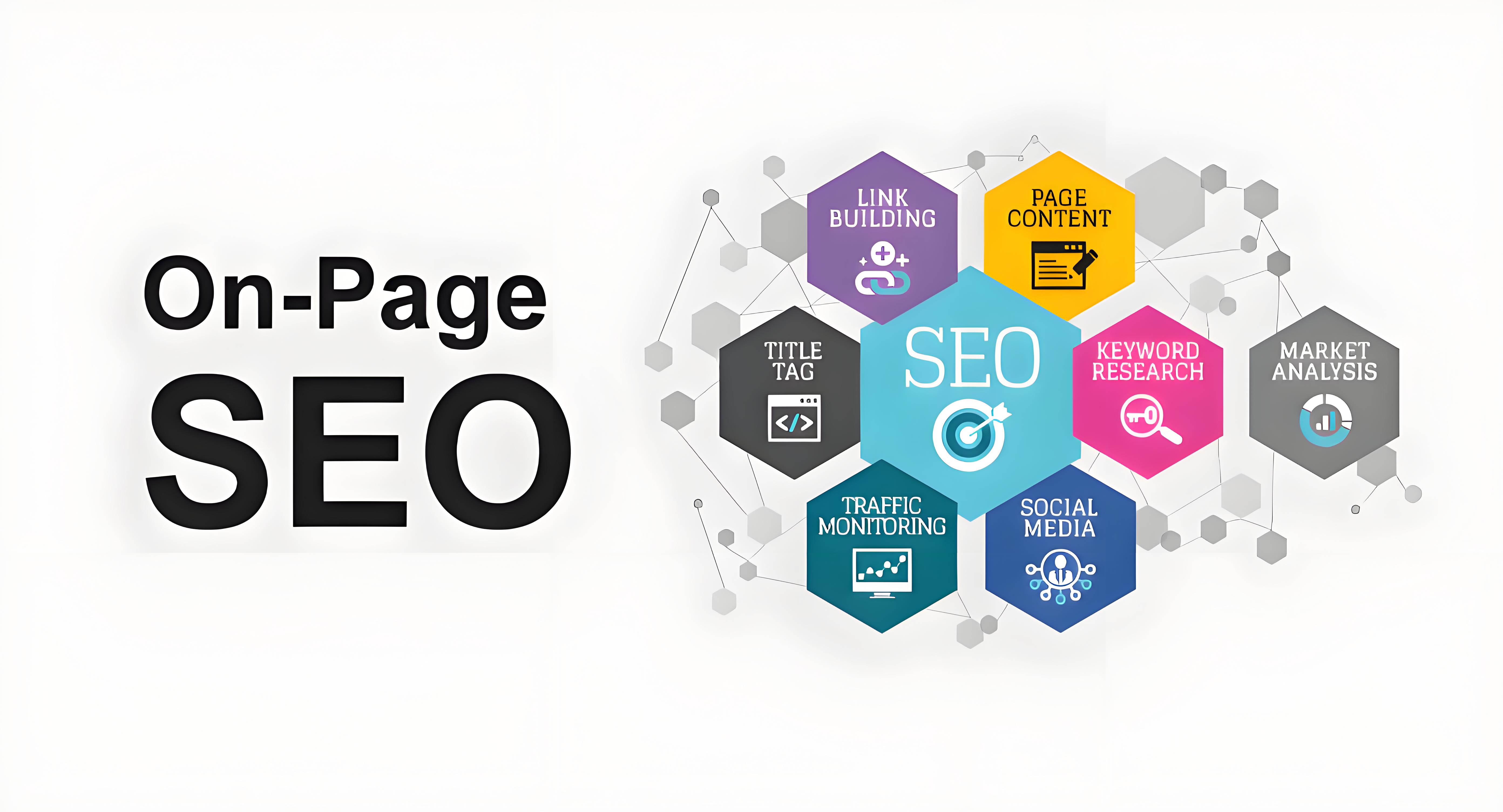
SEO encompasses various forms, each with distinct focuses. For instance, some strategies concentrate on building external links to and from other websites, while others prioritize on-page optimizations such as improving text, meta tags, and internal linking.
Understanding the multifaceted nature of SEO can be daunting, and many may mistakenly assume that organic SEO encompasses all aspects under one umbrella. However, it’s crucial to recognize the differences between technical SEO, on-page SEO, and off-page SEO. These are not competing entities but rather complementary components that collectively contribute to the overall optimization of your website .
Technical SEO
involves optimizing the website’s infrastructure to ensure it is easily crawled and indexed by search engines. This includes improving site speed, mobile-friendliness, URL structure, and implementing structured data.
On-page SEO
focuses on optimizing individual pages with targeted keywords, high-quality content, and proper use of headings, meta descriptions, and internal links
Off-page SEO
revolves around building authority through external links, social signals, and brand mentions to enhance the site’s credibility and rankings.
While each type of SEO requires dedicated time and resources, they work synergistically to maximize the website’s success. Ignoring any one aspect can hinder the overall effectiveness of your SEO strategy. Therefore, a holistic approach that integrates technical, on-page, and off-page SEO is essential for achieving long-term visibility and growth



